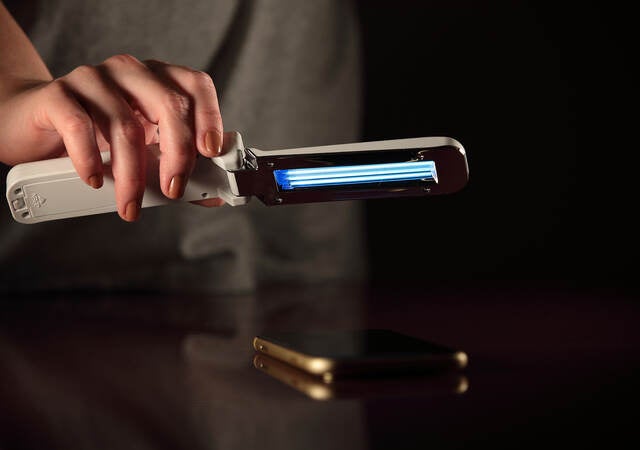May 17, 2023
Global regulatory harmonization
Our recent series of Regulatory Insights lauded the virtues of global regulatory harmonization and reported on the progress of the International Medical Device Regulators Forum (IMDRF): Essential Principles, global submissions (eSTAR), and global regulatory strategy.
Leveraging regulatory authorizations: European compliance
Many medical device regulatory systems use other regulatory authorizations entirely to expedite the process. There are many different models employed by regulators.
The European medical device regulatory system is heavily leveraged. Regulatory systems which explicitly leverage European compliance, include Australia, Singapore, Israel, the UK and Switzerland. Perhaps the UK and Switzerland are understandable: these countries formerly were officially part of the EU or part of the EU based on tripartite agreements, respectively. Australia, Singapore and Israel developed regulatory systems, which in part leveraged European compliance or other regulatory authorizations.
This poses an interesting discussion (if bolder, we would assert dilemma).
What happens when European legislation transitions, from Directives to Regulations? And this leads to new certificates?
Leveraging European compliance: Transition in legislation
The other regulators had to determine how to address the change in the EU legislation as well. And many have followed with guidance on how to facilitate compliance as it impacted their regulatory regimes.
The Singapore Health Sciences Authority (HSA) published (October 2020) information on managing the transition from the MDD/AIMDD to the MDR. This was dealt with by reference to the extensive HSA series of guidance.
In December 2022, the Australian Therapeutic Goods Administration (TGA) posted guidance on this. In addition, the TGA released an online assessment tool to facilitate the transition process and help guide Sponsors (or Agents) with guidance based on responses to a series of questions.
And, what happens when there is a delay in the entire regulatory system, as evidenced by (EU) Regulation 2023/607?
Based on the glacial progress, delays with regulatory compliance, and paucity of notified bodies, Regulation 2023/607 was promulgated in mid-March to provide a longer transition timeline for manufacturers with legacy devices in the EU. A completely EU-contrived term for devices, which were placed on the EU market in advance of the MDR date of application (DoA, postponed to May 26, 2021 from 2020), and where there was a notified body issued MDD/AIMDD CE marking certificate, or the device was MDD Class I self-certified, and up classified by the MDR (to require a notified body issued MDR CE marking certificate).
Conditions need to be addressed, however, provided the manufacturer is compliant. (EU) Regulation 2023/607 affords manufacturers additional time.
Class III and implantable Class IIb to the end of 2027 and the other classes to the end of 2028. Accompanying guidance reflects the EU consensus position.
Regulatory responses to Regulation 2023/607 in the past two months
The SwissMedic acknowledged the European regulatory amendment and indicated that there would be provisions in Switzerland to manage this (March 27, 2023). Around the same time, the Israel Ministry of Health announced (March 29, 2023) that based on the EU developments, medical device authorizations in Israel would be extended as well. It seems the new date is May 31, 2024.
The UK MHRA accepted the EU legislation with the caveat that rather than the December 2028 date, that category of devices would need to be compliant with the MDR if still accepted or UK legislation by June 30, 2028.
The TGA accepted the EU deadlines as published.
Closing remarks
The additional time was exciting and welcome news, though it introduced considerations globally.
We continue to advocate that manufacturers secure their MDR compliance as quickly as feasible. There is still time to develop a thoughtful regulatory strategy for the EU and also globally. However, with the impending set of dates in 2024 for manufacturers to have lodged a formal application with a notified body and then to have an agreement with the notified body, it is imperative that manufacturers work to identify their notified body or have scheduled the review.
Get connected with our sales team
Thanks for your interest in UL's products and services. Let's collect some information so we can connect you with the right person.





